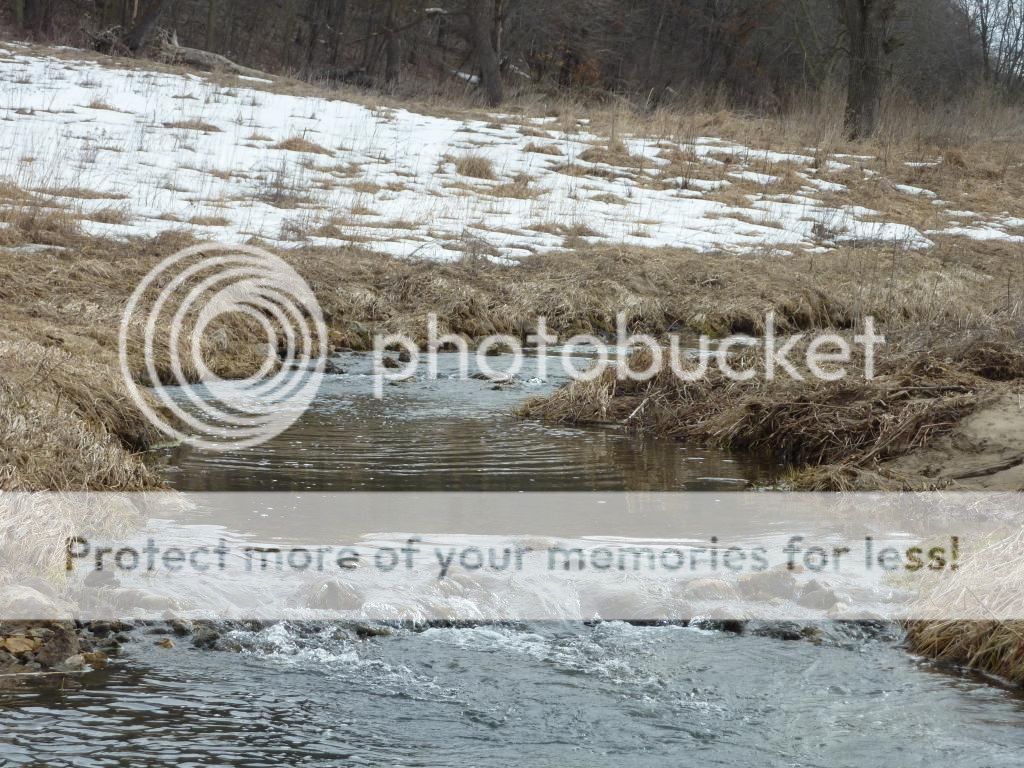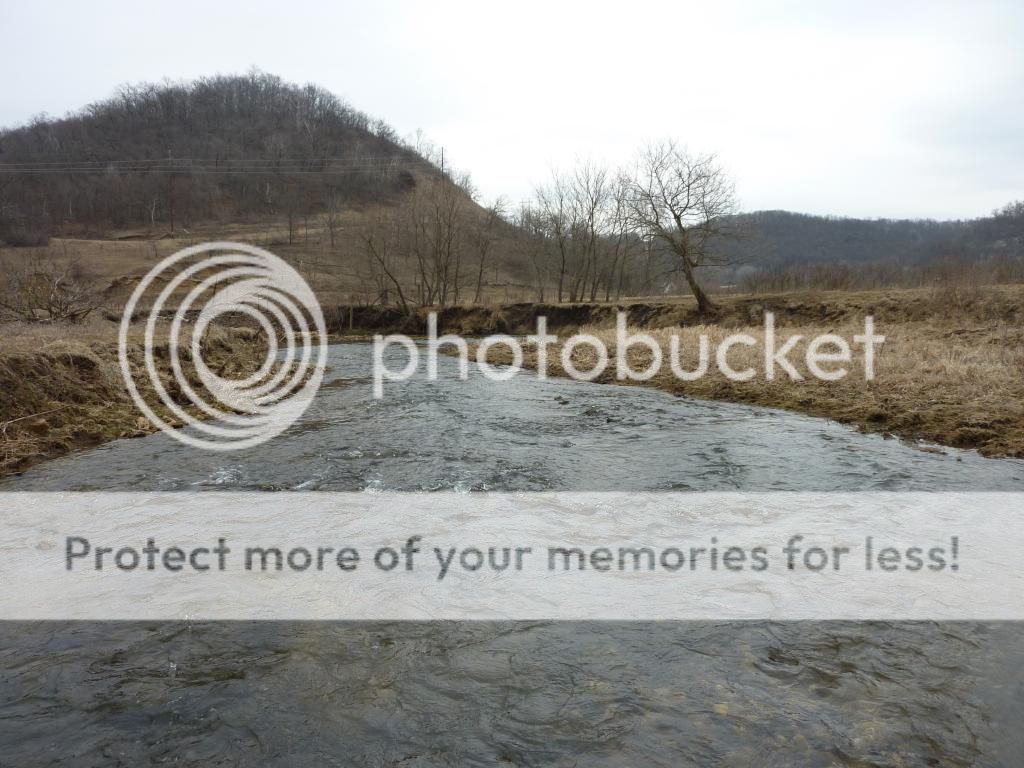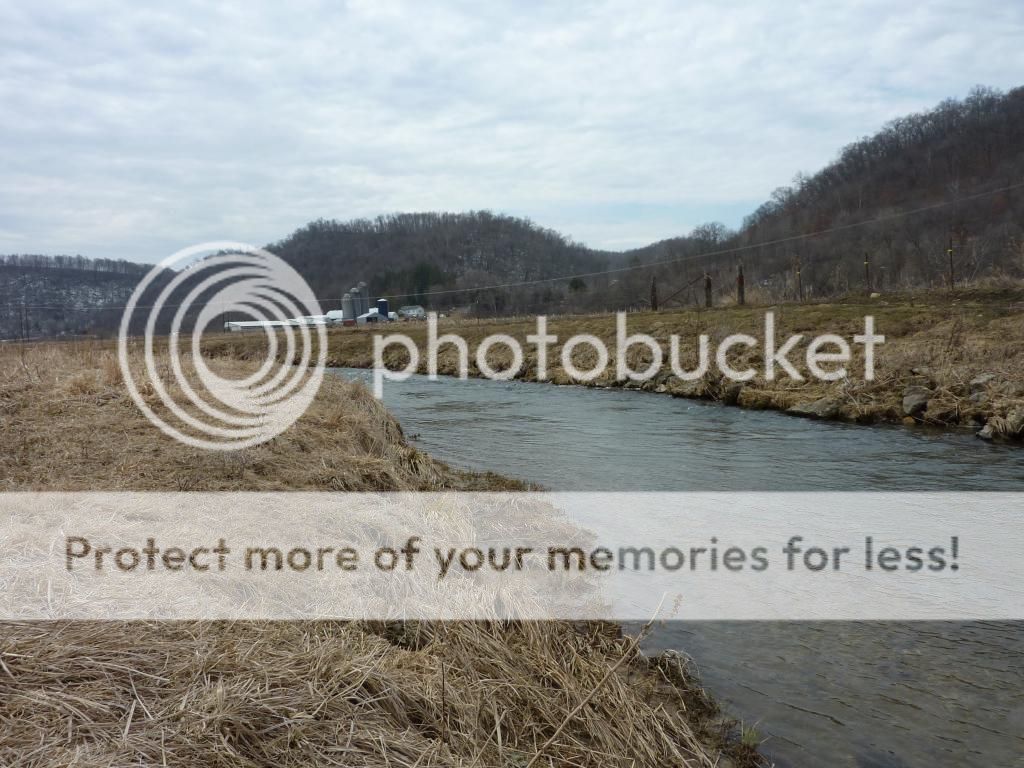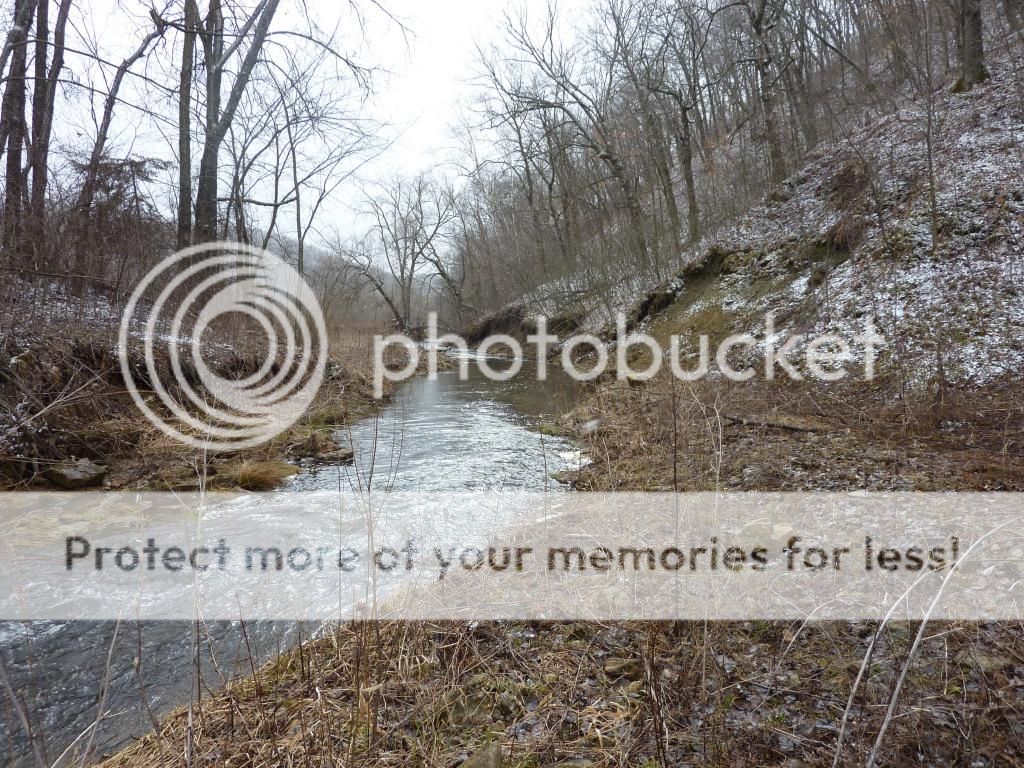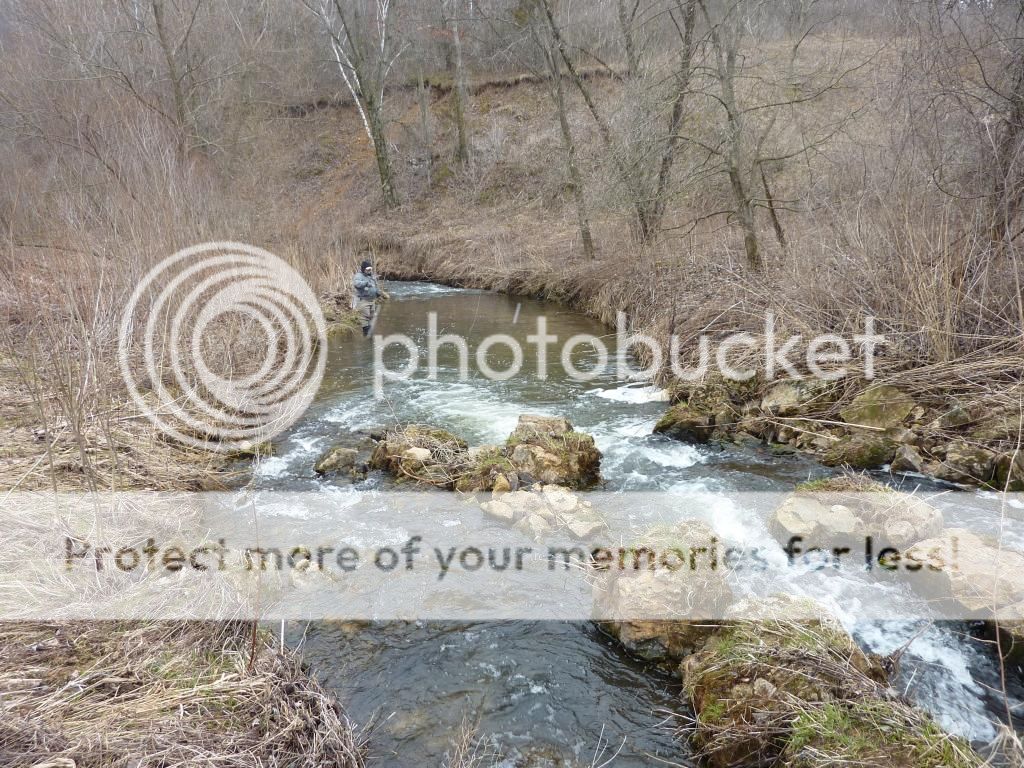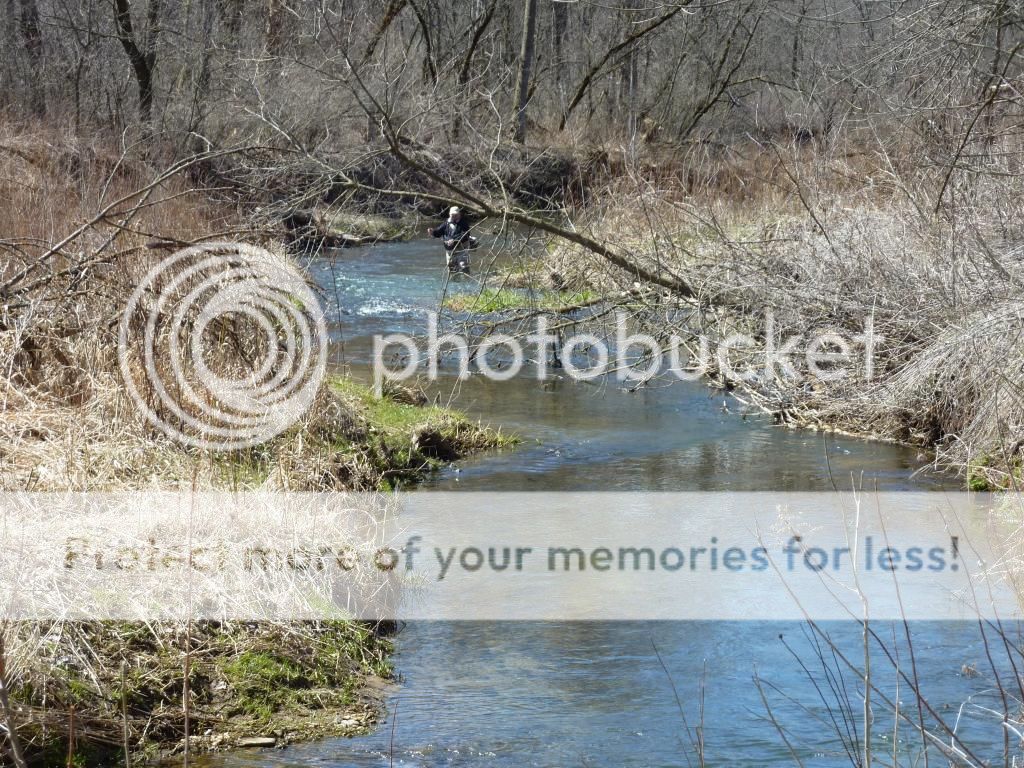ontheflymn
Well-known member
This is a conversation that certainly will raise some hackles as there are many ways to do stream improvements, and, invariably, feelings are going to be hurt over the projects.
I agree with iatrouter that the whole erosion conversation is messy. My point was simply that bank protection should be more of a priority. TU's approach has been to either hard armor the bejesus out of stretches of water, or to put woody debris in (which I am not a favor). Itch, this is the same tactic used on CSB, and, yes, it is all gone. It wasn't a good project, IMO, to begin with.
Soft armor does require more long-term maintenance, but when done correctly, the stuff is awesome. I think the SA approach is not on high on those who do stream design because it does require maintenance vs. hard armoring a section of water and moving on to the next spot.
Debate away...
I agree with iatrouter that the whole erosion conversation is messy. My point was simply that bank protection should be more of a priority. TU's approach has been to either hard armor the bejesus out of stretches of water, or to put woody debris in (which I am not a favor). Itch, this is the same tactic used on CSB, and, yes, it is all gone. It wasn't a good project, IMO, to begin with.
Soft armor does require more long-term maintenance, but when done correctly, the stuff is awesome. I think the SA approach is not on high on those who do stream design because it does require maintenance vs. hard armoring a section of water and moving on to the next spot.
Debate away...

